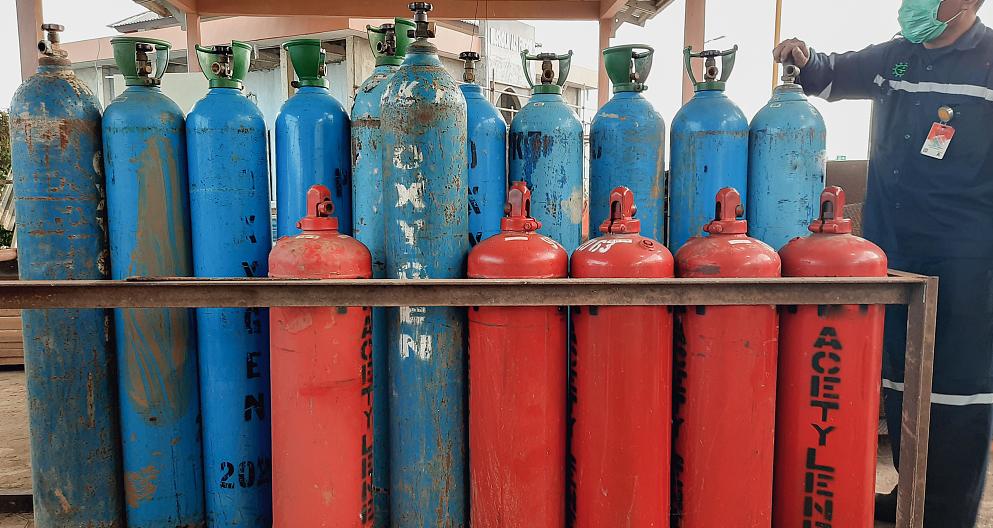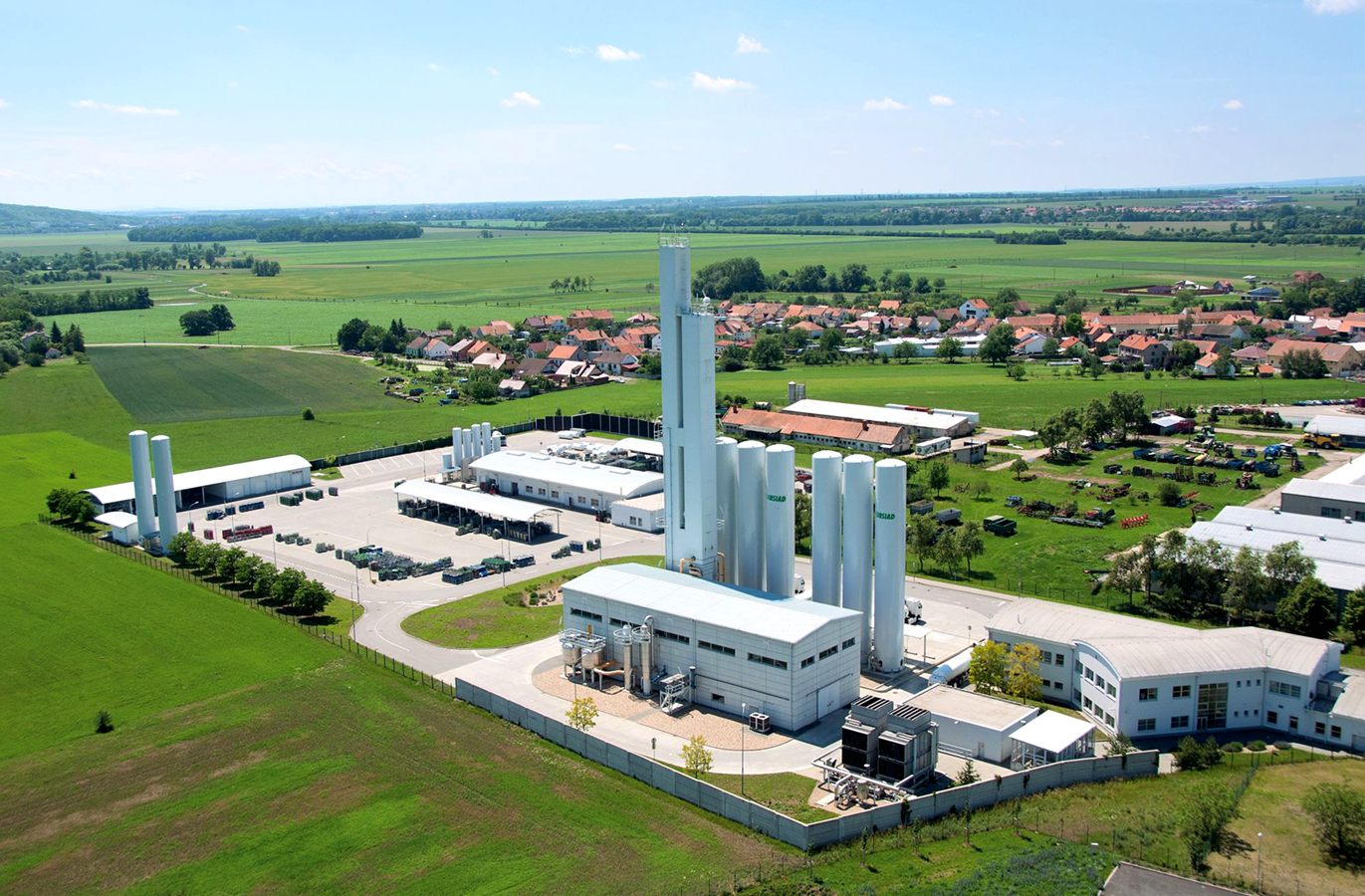Oxygen is one of the components of air and is colorless and odorless. Oxygen is denser than air. The way to produce oxygen on a large scale is to fractionate liquid air. First, the air is compressed, expanded and then frozen into liquid air. Since noble gases and nitrogen have lower boiling points than oxygen, what remains after fractionation is liquid oxygen, which can be stored in high-pressure bottles. All oxidation reactions and combustion processes require oxygen. For example, in the steelmaking process, impurities such as sulfur and phosphorus are removed. The temperature of the mixture of oxygen and acetylene is as high as 3500 °C, which is used for welding and cutting of steel. Oxygen is required for glass making, cement production, mineral roasting and hydrocarbon processing. Liquid oxygen is also used as rocket fuel and is cheaper than other fuels. People who work in hypoxic or oxygen-deficient environments, such as divers and astronauts, are vital to sustaining life. However, the active state of oxygen, such as HO and H2O2, the damage to skin and eyes caused by ultraviolet rays is mainly related to the serious damage to biological tissues.
Most commercial oxygen is made from air separation, where the air is liquefied and purified by distillation. Low temperature total distillation can also be used. A small amount of oxygen has been electrolyzed as raw material, and high-purity oxygen with a purity of over 99.99% can be produced after catalytic dehydrogenation. Other purification methods include pressure swing adsorption and membrane separation.
Oxygen and acetylene together create an oxyacetylene flame, which is used to cut metals
Medical oxygen application for breathing gas for hospital patients, firefighters, divers
The glass industry uses oxygen
High Purity Oxygen for Electronics Manufacturing
High Purity Oxygen for Special Instruments
Post time: Aug-25-2022


